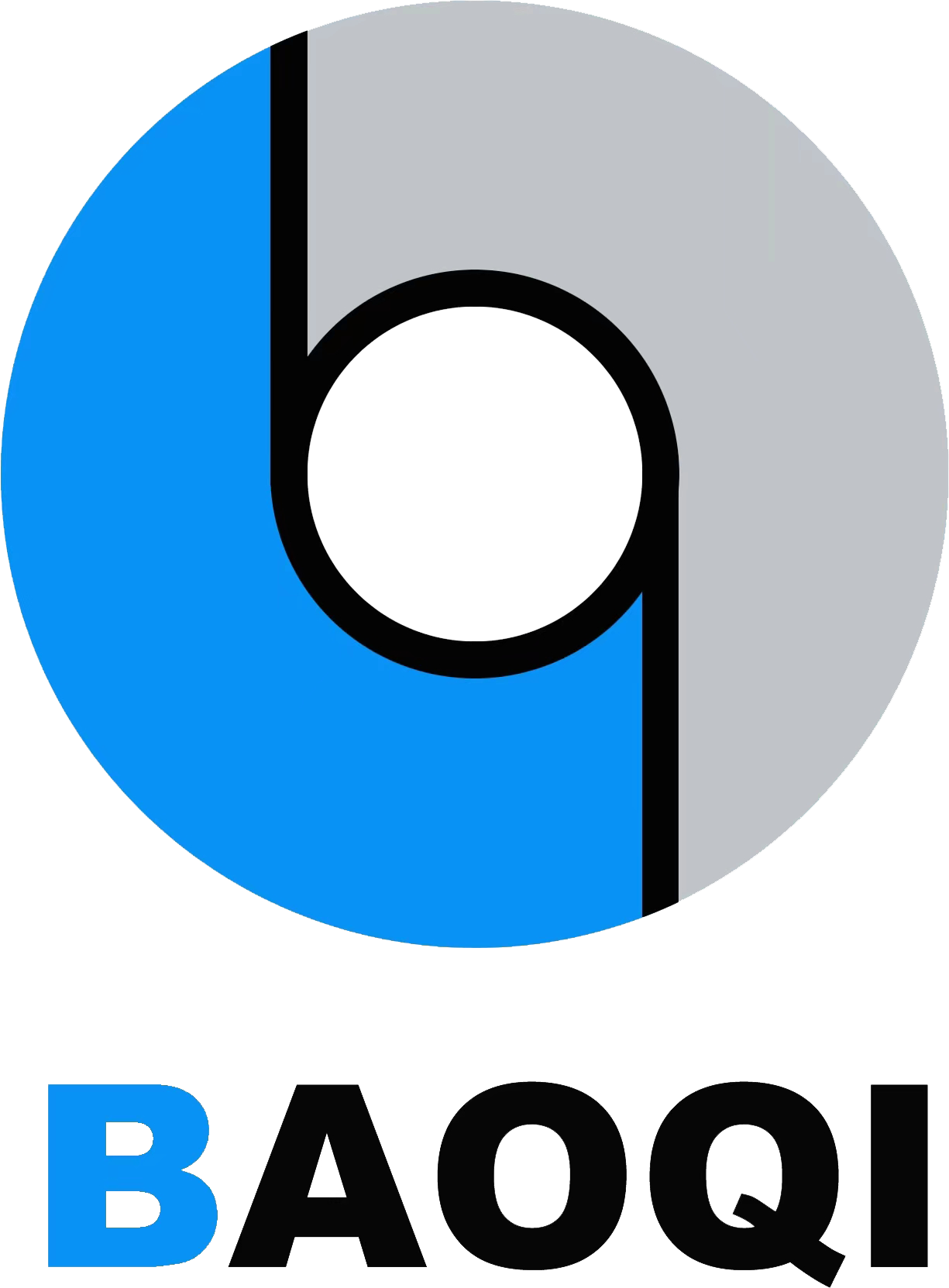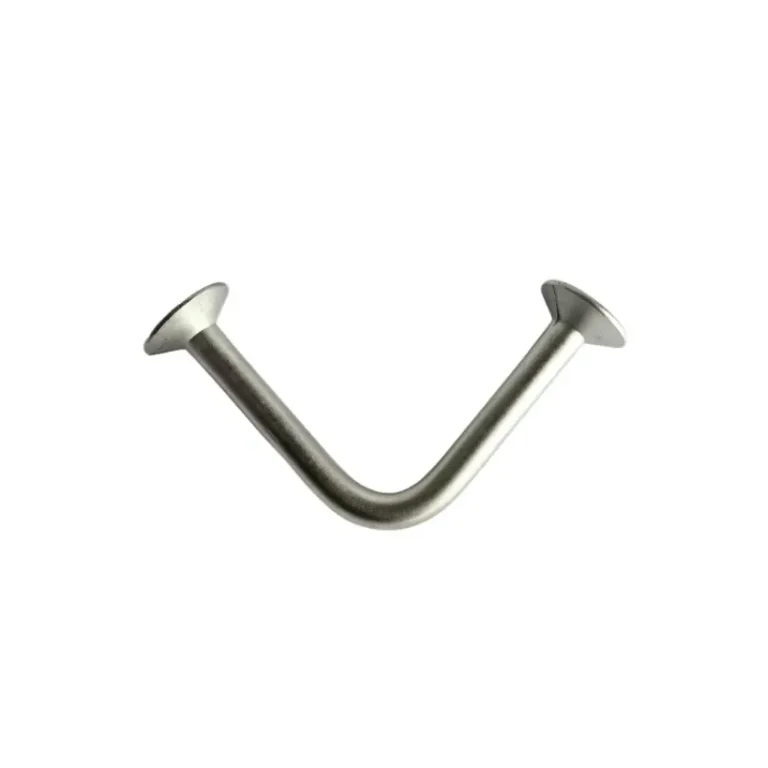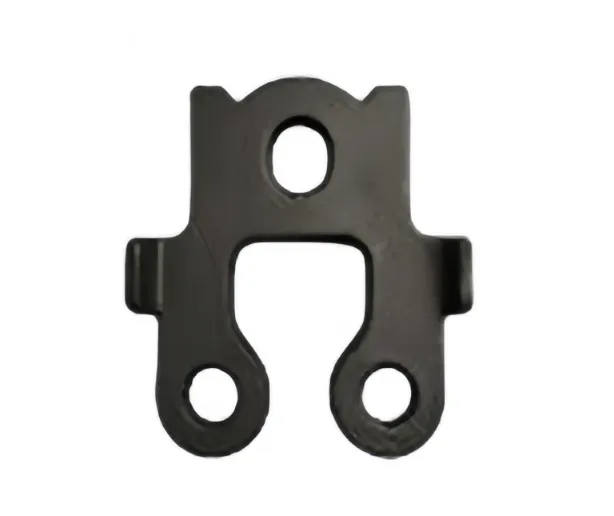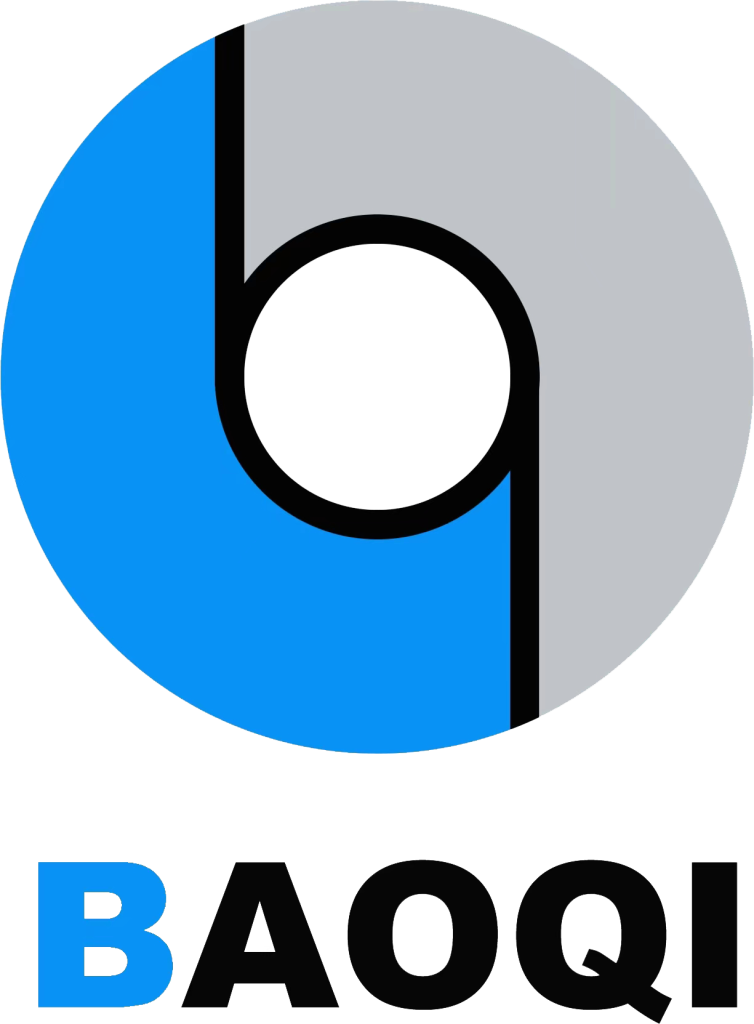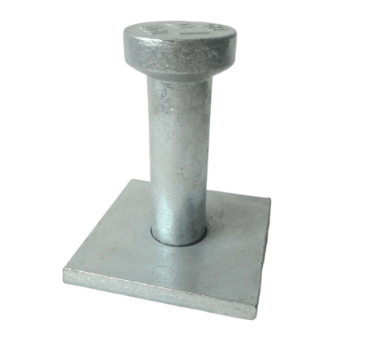
The Role of Lifting Anchors in Modern Construction
Evolution of Lifting Anchor Technology
Lifting anchors have changed a lot over time. In the past, builders used simple hooks and chains that were often shaky and risky. As construction needs grew, especially for precast concrete in homes, offices, and bridges, better tools were needed. Now, anchors are made with tough, forged steel parts. They’re built to carry heavy loads safely and work for many kinds of building tasks. New ways of forging and casting have made these anchors strong, reliable, and flexible for different jobs.
Key Functions and Benefits in Structural Applications
Lifting anchors are super important for moving big precast concrete pieces like walls, beams, columns, or slabs. They do a few key things:
- Give safe spots to hook up lifting gear.
- Share weight evenly to stop cracks or damage.
- Make setup and removal fast while keeping safety first.
These perks save money on workers, speed up building projects, and keep job sites safer. They’re really helpful in big projects like highways, tunnels, or bridges, where time matters a lot.
Common Materials and Manufacturing Techniques
Lifting anchors are usually made from strong steel alloys. They’re crafted using methods like:
- Custom forging parts: Great for making sturdy, complex shapes.
- Stamping parts manufacturer: Good for churning out lots of parts with steady quality.
- Heat treatment: Makes anchors tougher and longer-lasting.
- Galvanization: Keeps rust away, especially in outdoor or seaside areas.
These ways ensure anchors meet strict rules while staying affordable.
Exploring Spherical Head Plate Anchor Systems
Design Features of the Spherical Head Plate Anchor
The Spherical Head Plate Anchor is made to spread weight evenly when lifting. Its round head can swivel inside a lifting clutch or beam setup. This cuts down stress where the anchor meets the concrete. The wide, flat base gives extra hold to stop it from pulling out. It’s often placed in precast concrete with steel bars to make it stronger. The rounded shape keeps things steady during lifts, preventing wobbles or shifts.
Load Capacity and Safety Considerations
Spherical Head Plate Anchors are rated by their safe working load (SWL). This depends on their size, material, how deep they’re set in concrete, and the concrete’s strength. Safety is built into the design, following worldwide rules like ISO 9001. Each anchor is checked carefully before shipping. Tests look at strength, toughness, and size to make sure they match engineering needs.
Typical Use Cases in Precast Concrete Construction
These anchors are key for projects like:
- Precast wall panels.
- Floor slabs.
- Staircases.
- Modular building units.
They work great for both up-and-down and side-to-side lifts in homes, hospitals, schools, and other places.
Innovations in Spherical Head Tilt-up Anchors
Structural Advantages of Spherical Head Tilt-up Anchors
Spherical Head Tilt-up Anchors can handle weight from all sorts of angles. Their special shape lets them turn a bit during lifting, which balances the load. This lowers stress on the concrete piece itself. They’re stronger than old-style straight anchors, so they can lift heavier things safely.
Installation Techniques for Optimal Performance
To work their best, Spherical Head Tilt-up Anchors need careful setup:
Positioning: Put anchors exactly where design plans show.
Reinforcement: Tie steel bars around the anchor’s base.
Embedment: Set anchors deep enough for the expected weight.
Concrete Pouring: Use vibration to fill all spaces around the anchor.
These steps make sure anchors work well in real conditions.
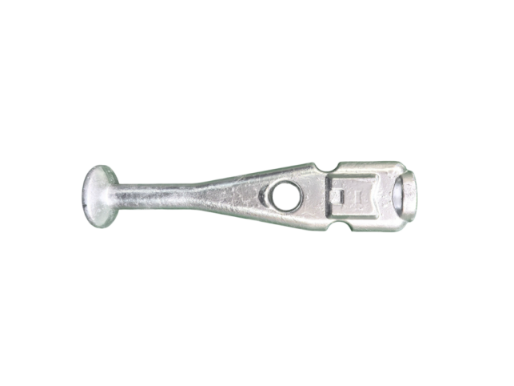
Comparison with Traditional Lifting Systems
Older systems, like eye bolts or threaded inserts, aren’t as flexible. Spherical Head Tilt-up Anchors are better because:
- They let you lift at different angles safely.
- They need less cleanup after use.
- Their reusable parts save cash over time.
This makes them a smart pick for modern precast work, mixing safety with efficiency.
Custom Forging Capabilities at Qingdao Baoqi Intelligent Co., Ltd.
BAOQI, started in 2010 in Qingdao, China, focuses on making and selling forged, cast, and punched parts. They give full solutions, like casting, forging, punching, laser cutting, and machining, all built for construction needs like Spherical Head Plate Anchors.
Quality Control and Safety Standards in Anchor Manufacturing
Importance of ISO-9001 in Ensuring Product Consistency
Our factories stick to the ISO-9001 quality system. This means every product, from raw materials to final checks, is tracked and meets global standards. It ensures every batch is just as good as the last.
Testing Procedures for Load-Bearing Components
Every batch gets tough tests, including:
- Checking how much weight it can hold.
- Measuring size for exactness.
- Looking at surface quality.
- Using non-destructive testing (NDT) when needed. These steps make sure all products are top-notch before leaving the warehouse.
Compliance with International Construction Standards
Our lifting anchors follow global rules like EN 1992 (Eurocode 2) and ACI 318 (American Concrete Institute). This makes them good for use in places like Europe and North America.
Future Trends in Lifting Anchor Design and Application
Integration with Smart Construction Technologies
As Building Information Modeling (BIM) gets more popular, lifting anchors will use things like RFID tags or QR codes. These help track anchors during transport and setup, making job sites smoother and more organized.
Sustainable Manufacturing Practices for Anchoring Systems
Manufacturers are going green by using recycled metals and energy-saving furnaces. This helps meet global eco-friendly goals while keeping anchors strong. Precast parts also follow environmental and carbon emission rules.
Emerging Demands from Global Infrastructure Projects
Big projects, like smart cities, need quick building with modular methods. Efficient lifting systems, like Spherical Head Plate Anchors, are vital for setting up precast pieces fast.
FAQ
What is a Spherical Head Plate Anchor used for?
It’s mostly used in precast concrete construction. It gives a safe anchor point to lift heavy pieces securely.
How do I choose between a tilt-up anchor vs traditional lifting loop?
Spherical Head Tilt-up Anchors handle weight from many angles better than fixed loops. They’re great when crane angles change or you need multiple lifts.
Are your Spherical Head Plate Anchors certified?
Yes. Our factories are ISO-9001 certified, so all products meet strict global construction standards before delivery.
Can you customize anchor dimensions?
Yes! Qingdao Baoqi Intelligent Co., Ltd offers custom sizes, materials, finishes, and even packaging to fit project needs.
What materials do you use for your forged anchor parts?
We use tough alloy steels, made with precise forging and heat treatment for max strength in hard construction settings.
To find out how our forged anchoring solutions, including custom stamping parts manufacturer services, can help your next project, reach out or visit www.baoqitech.com. Our four branch plants are ISO-9001 certified and ready to support you.
